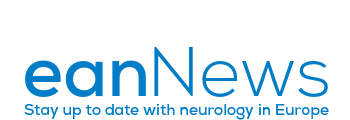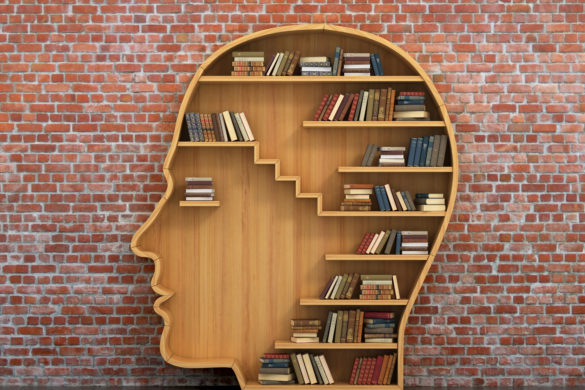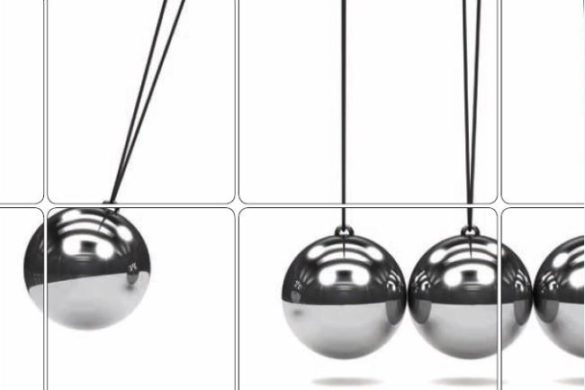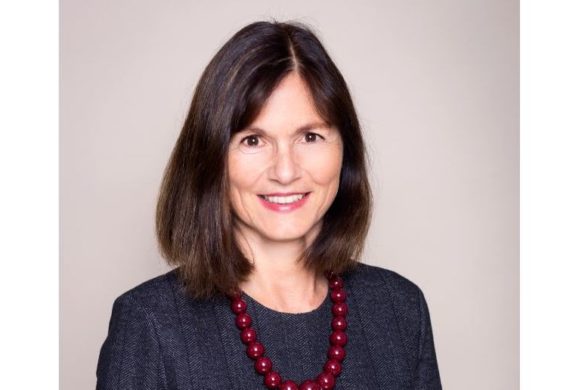Paper of the MonthFeatured Slider
Paper of the month: Faster recovery after concussion with early participation to physical activities in pediatric patients
For February 2017, we have selected: Grool AM, Aglipay M., Momoli F., et al., for the Pediatric Emergency Research Canada Concussion Team. Association between early participation in physical activity following acute concussion and persistent postconcussive symptoms in children and adolescents. JAMA 2017:316;2504-2514.
Practical recommendations in the management of concussion in pediatric patients have stressed the need of physical and cognitive rest starting immediately after the injury.










